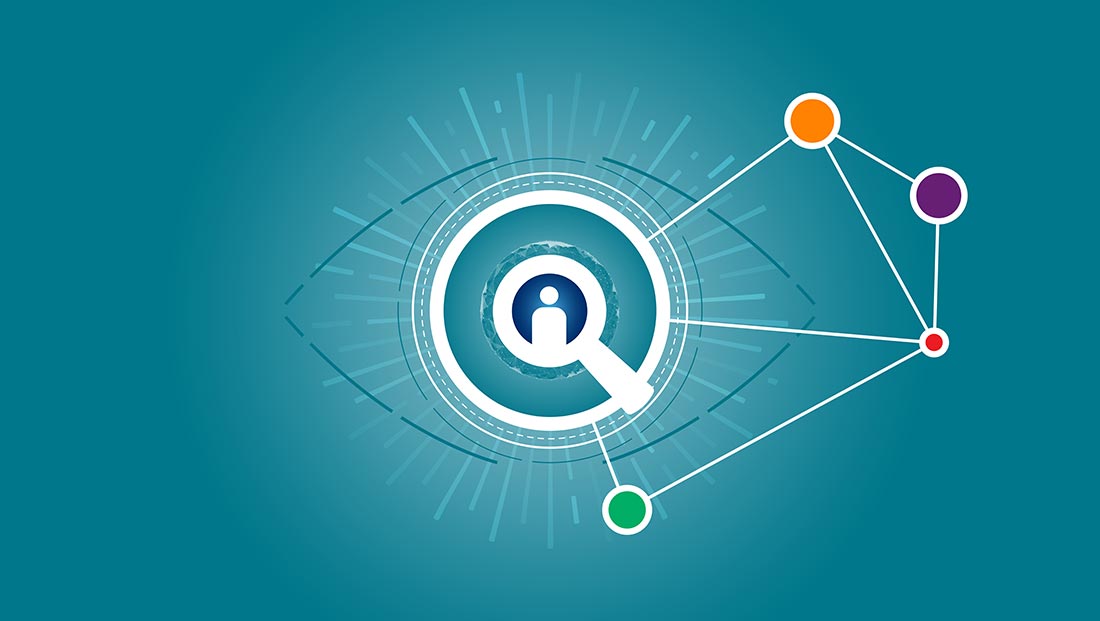
How risk orchestration can cut your fraud and financial crime compliance costs by around two thirds
Too many vendors?
UK Financial services firms invest huge sums of money each year in multiple data sources and systems to screen and monitor incoming and returning customers against financial crime compliance and fraud risk.
A survey1 by LexisNexis® Risk Solutions and Sapio Research found that, on average, financial services providers rely on five external data vendors or solutions to deliver risk compliance processes, each with distinct operating systems and maintenance and contracting requirements. Risk orchestration can minimise this operational burden by streamlining the number of vendors and systems required to deliver the same outcome.


Too big of a challenge?
Using multiple solutions from separate vendors also presents challenges when it comes to synchronisation of processes to achieve a single risk score for a customer. Disparate systems produce their own outputs that don’t always bear relation to others in the process. The challenge is how to interpret these varied outputs to reach a balanced risk decision. An effective risk orchestration platform overcomes this by streamlining processes to work together in harmony as a single end-to-end customer journey, avoiding duplication of effort, conflicting outputs and delayed processes.
The result is quicker and more effective authentication and validation of customers and transactions, stronger and more effective ongoing monitoring and lower friction, leading to an improved overall experience for customers.
Prioritise innovation
Little surprise then, that many financial services firms are now prioritising adoption of risk orchestration technology. But, faced with the choice, many are opting to self-build a platform in-house, rather than choosing one of the sophisticated plug-and-play solutions available on the market. On face value, this might seem like the smart business decision – after all, the firm can build to their own specification, integrate with other internal processes and own the technology stack outright.
However, our analysis shows there’s also a heavy downside in the form of a significant ongoing financial and resource commitment. In fact, our calculations show expenditure on a self-built platform could be almost three times higher over a three-year investment than opting to buy a ready-made plug and play specialist risk orchestration solution. Put another way, that could mean freeing up as much as four million Pounds for the business to invest in customer experience, product enhancements, R&D or staff.

The hidden costs of self-build
To make a fair comparison, we looked at the typical self-build orchestration costs for a mid-tier UK bank onboarding around 100,000 customers and processing an average of two million transactions per year. Banks of this size will often prioritise the development of their own software in the hope of realising both short and long-term cost savings.
Even by conservative estimates, for a typical mid-tier bank to build a risk orchestration platform in-house requires an investment of around £3 million in the first year.
A key requirement is the architecture that can bring together multiple different data sources and systems – itself a complex and time-consuming task, requiring extensive development work, testing and collaboration with external partners. A task of this nature calls for a minimum of two development teams and experienced project management and architecture specialists. The remaining budget will be consumed by infrastructure and annual licence costs, and data fees to cover the full scope of the onboarding and ongoing monitoring requirements – including, but not limited to, identity and verification (IDV), document verification, transaction monitoring, application fraud and AML screening.
In years two, three and beyond, firms that opt to self build will continue to incur additional ongoing running costs, including design and API improvements, and infrastructure costs – the latter amounting to perhaps twice those associated with a ready-made platform route. And that’s without even factoring integration of new processes or adaptation to new regulatory requirements.
Research by Sapio Research on behalf of LexisNexis Risk Solutions, found that 46% of financial services firms were planning to increase the number of fraud and financial crime prevention measures in place in the coming year. A platform that does not have the capacity to seamlessly integrate or adapt will require costly development time to reconfigure. Our conservative estimate suggests this could cost a firm in excess of one million Pounds per year, on an ongoing basis.
This means over the course of three years, a self-built risk orchestration platform could cost a mid-tier sized UK bank in the region of six million Pounds to create from scratch, maintain and develop over time, when all infrastructure, project management and ongoing licenses are considered – a hefty investment where there’s no immediate financial benefit to be realised. And not forgetting, the valuable developer time required to build the system could be far better utilised making product enhancements.
LexisNexis® RiskNarrative®
LexisNexis® RiskNarrative® – a cost-effective solution
The alternative and significantly cheaper and less stressful option is to work with an expert partner to integrate a plug-and-play risk orchestration platform. One that can be easily integrated with a no-code API and then configured through natural language processing to deliver an optimised customer journey, easily tailored to changing requirements. It even allows you to retain your existing data providers, deployed through intuitive drag-and-drop functionality.
Investing in an off-the-shelf platform means significant year two and ongoing development and infrastructure cost savings compared to the self-built route, making it a more justifiable business case for smaller firms. Platform customers can also benefit from annual licence and data fee cost economies of scale. But there’s more to it than simple financial savings. Buying into an orchestration platform means buying into the combined expertise of a team of highly-experienced practitioners, manifest as a powerful and agile tool that can adapt to evolving financial crime and fraud threats.
An automated, end-to-end solution integrates customer onboarding and ongoing monitoring into a single workflow, incorporating anti-money laundering screening, transaction monitoring and case management and delivering an easy to interpret risk score on which to base decisions.
Looking to the future
Increasingly, forward-thinking firms are turning to risk orchestration as they aim to enhance their financial crime and fraud prevention strategies and comply with increasingly strict regulation. Consumer Duty, new Payment Systems Regulator (PSR) rules, PSD3 and others, are already giving firms cause to re-evaluate their compliance and fraud prevention set ups while also improving customer experience, compliance, and day-to-day operations.
With digital trust becoming an ever-more valuable currency in the emerging web3 digital economy, those firms that are able to quickly and effectively onboard new customers and recognise and service returning customers, will be the ones that excel. A plug-and-play risk orchestration platform such as LexisNexis® RiskNarrative® will deliver exactly that capability to any business – giving them the inside track on their digital transformation goals and positioning them firmly in the driving seat.


